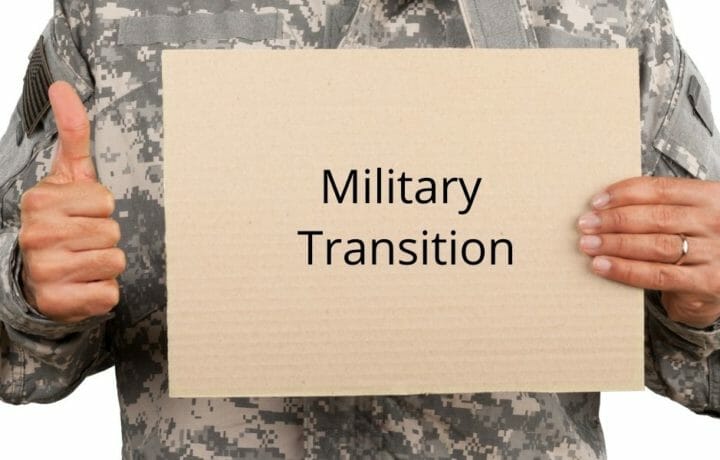Money and the Military is a new article series for the month of January. In preparation for the annual Military Saves Week in February , the mission of this series is to help increase the financial awareness of military members and their families. Why is this information needed?
According to a 2017 hearing of the Personnel Subcommittee of the Senate Armed Forces Committee concerning military readiness, 4,700 to 8,000 service members are involuntarily separated annually due to financial hardship. Each servicemember lost costs the Department of Defense (DoD) on average of $57,000 to replace. Many of the Senators sitting on that committee feel servicemembers (and DoD money) could be saved if there was better personal financial awareness, hence Military Saves Week and this series.
On January 1st, service members saw a 2.4% increase in their paychecks – the largest raise since 2010 – so right away service members will have some additional money to work with in the new year. But if you are one of the 78% currently living from paycheck-to-paycheck with little to no savings, it might not be enough. To stretch your money and make it go as far as you can, you must do three things:
- Set a financial goal
- Create a plan
- Save automatically
Set a financial goal
The ultimate goal recommended by many financial planners is to have a three to six-month financial safety net available to cover costs of emergencies that can crop up. While that may seem like an impossible goal initially, it starts with baby steps and by making smart financial decisions.
Decide how much you can realistically save out of each paycheck and put that amount away in an investment account right away, paying yourself first. Ratchet up that amount whenever it is feasible to do so. Over time, through continual investing and the power of compounding interest, it will build and get you closer to your goal.
Create a financial plan
Part of deciding how much you can save each month is by having a healthy financial readiness plan. That means creating a realistic budget where you can track the money coming in and where it is going. Once the numbers are on paper (virtual or otherwise), you can easily see areas that you may be able to cut down expenses. I’ll cover that in more detail in a future article.
Getting the numbers down on paper can be as simple as sitting down with paper and pencil, or for the tech-savvy using a spreadsheet on a computer or an app on your phone. How you do it is not as critical as actually sitting down and working the numbers. Open Office is a Microsoft-like office software suite that is free for downloading and contains a spreadsheet feature you can use to create a budget on your computer. For smartphone apps, try either Every Dollar or Mint – both are free.
Save automatically
Whether under the new Blended Retirement System or not, part of your plan should be to take advantage of the built-in investment plan called the Thrift Saving Plan. While investments build quicker under BRS because of the matching and automatic contributions features, anything you contribute to your TSP on a routine basis – even while under the Legacy Retirement system – will build over time. Having it automatically deducted from your pay is the smart way to do it. It is money you won’t miss because you never physically had it and it removes the temptation to spend it.
Also, a BRS mid-career continuation payment offered can be a financial boon if you plan to stay for 20 years or more. While there is always the temptation to spend that windfall, put that money (or at least a major part of it) into TSP or another type of investment account.
Next up in this series is an in-depth look at how bad financial decisions can affect your security clearance. Lose that and you can’t do the job you enlisted to do.



